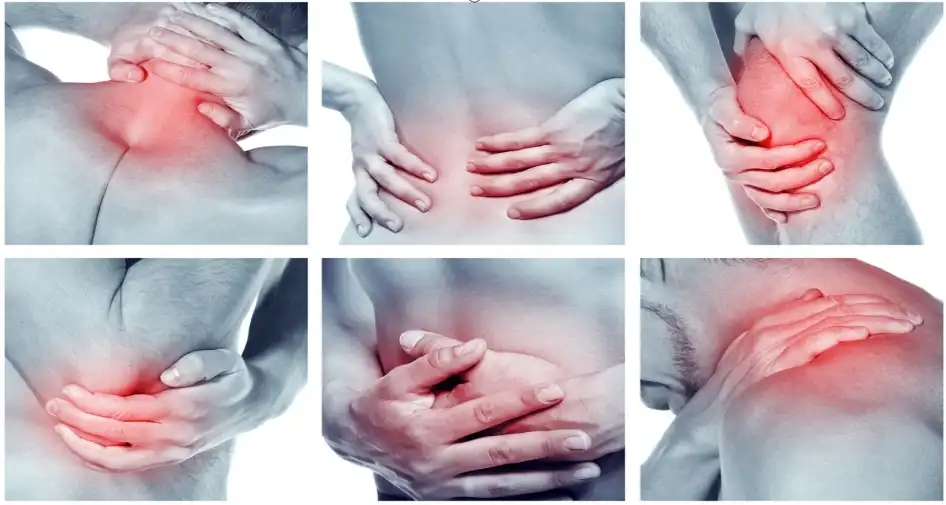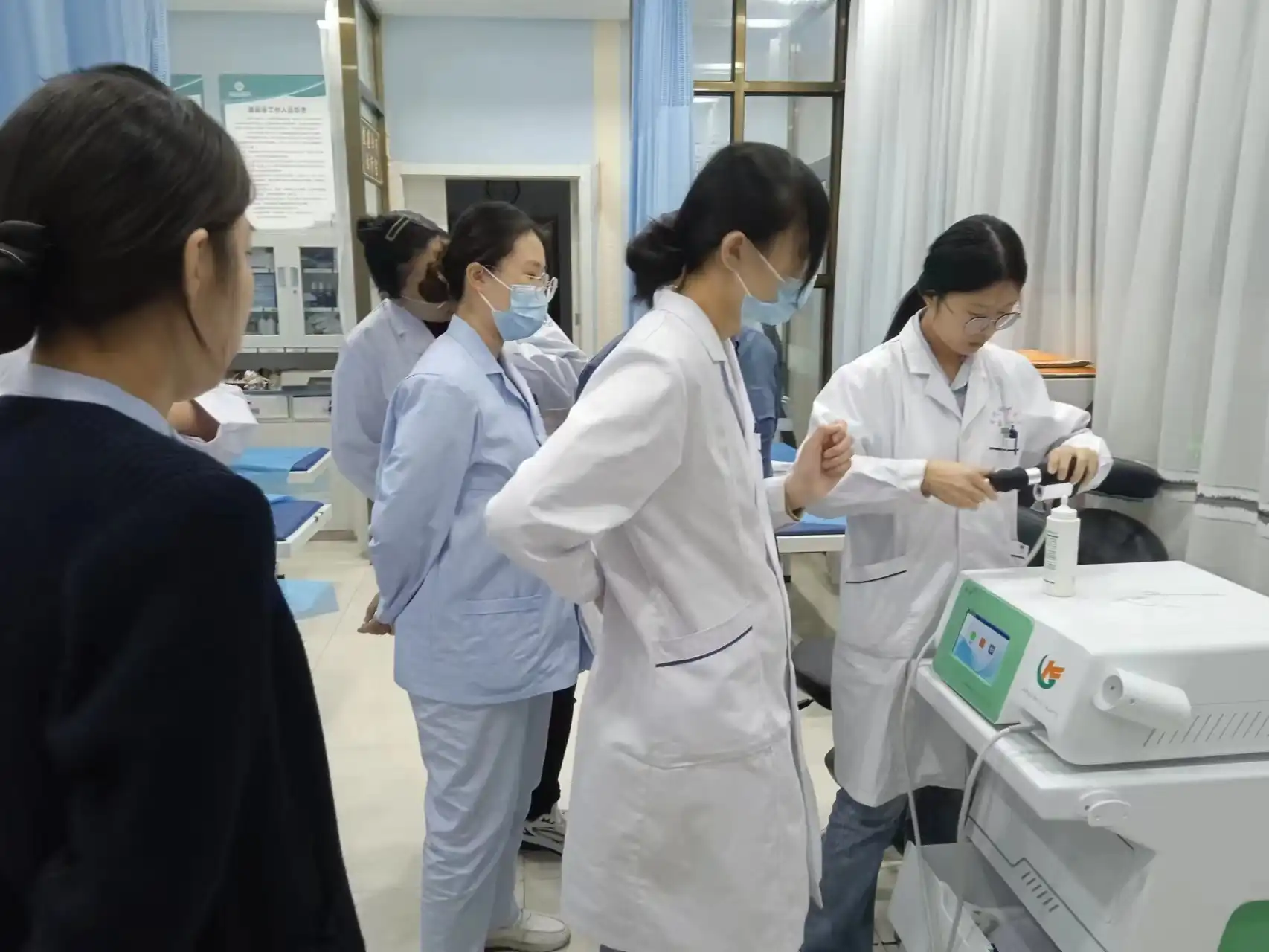In the realm of pain management and musculoskeletal rehabilitation, shockwave therapy devices have gained significant popularity in recent years. These devices, which use focused acoustic waves to treat a variety of conditions, have proven effective for many patients. However, there are circumstances where shockwave therapy might not be suitable, or patients may seek alternative options. So, what alternatives exist? Let's explore.

Understanding Shockwave Therapy Devices
Shockwave therapy devices work by emitting high-energy acoustic shock waves that penetrate the skin and reach deep into the body's tissues. For example, in the treatment of tennis elbow or plantar fasciitis, the shock waves target the damaged tendon or fascia. They can break up fibrotic tissue, increase blood flow, and stimulate the body's natural healing mechanisms. This non-invasive or minimally invasive approach has revolutionized treatment for numerous chronic pain conditions and has been a go-to option in many clinics.
Physical Therapy and Exercise
One of the most common alternatives to shockwave therapy is a comprehensive physical therapy program. A skilled physical therapist can design a personalized exercise regimen based on the patient's specific condition. For those with back pain, this might include a combination of stretching, strengthening, and core stability exercises. The goal is to improve flexibility, build muscle strength, and correct any postural imbalances that could be contributing to the pain. In contrast to shockwave therapy, which is more of a passive treatment where the patient receives the shock waves, physical therapy engages the patient actively in their recovery. It requires commitment and consistency, but over time, it can provide long-lasting relief. For instance, patients with knee osteoarthritis can often see a reduction in pain and improved mobility through regular physical therapy sessions focused on quadriceps strengthening and joint range of motion exercises.
Medications
Another alternative is the use of medications. Non-steroidal anti-inflammatory drugs (NSAIDs) are frequently prescribed to manage pain and reduce inflammation. They can be effective for acute pain episodes, such as a sudden flare-up of gout or a sprained ankle. Corticosteroid injections are also an option for more severe or persistent pain. For example, in cases of severe tendonitis, a corticosteroid injection directly into the affected tendon can provide rapid relief by reducing inflammation. However, it's important to note that while medications can offer short-term relief, they may come with side effects, especially with long-term use. NSAIDs can cause stomach irritation and affect kidney function in some cases, and corticosteroid injections may weaken the tendon over time if used repeatedly.
Acupuncture
Acupuncture has been used for centuries in traditional Chinese medicine and is increasingly being recognized in Western medicine as a viable pain management option. It involves the insertion of extremely thin needles at specific points on the body. The theory behind acupuncture is that it helps to balance the body's energy flow, known as Qi. In practice, it has been shown to stimulate the release of endorphins, the body's natural painkillers. For patients with chronic neck pain or migraines, acupuncture sessions can provide relief without the use of drugs or invasive procedures. Some studies suggest that acupuncture may work by modulating the nervous system and reducing pain signals, offering an alternative to the mechanical stimulation provided by shockwave therapy devices.
Massage Therapy
Massage therapy is another popular alternative. A trained massage therapist uses various techniques, such as Swedish massage, deep tissue massage, or myofascial release, to manipulate the muscles and soft tissues. For those dealing with muscle tension and knots, a deep tissue massage can help break up adhesions and improve blood circulation. In the case of fibromyalgia, regular massage sessions can provide relaxation and pain relief, helping patients manage their symptoms. Unlike shockwave therapy, which targets tissues with shock waves, massage therapy uses manual manipulation to address muscle tightness and promote overall well-being.
Orthotics and Bracing
For certain conditions, such as plantar fasciitis or ankle instability, the use of orthotics and bracing can be effective. Custom-made orthotics can provide proper support and alignment to the feet, reducing stress on the plantar fascia and other foot structures. Ankle braces, on the other hand, can offer stability and prevent further injury in cases of weak or previously injured ankles. These devices work by offloading pressure and providing mechanical support, rather than using the energy-based approach of shockwave therapy. They can be used in conjunction with other treatments or as a standalone option, depending on the severity of the condition.
Considerations and Choosing the Right Option
When considering alternatives to shockwave therapy, several factors come into play. The severity and nature of the condition are crucial. Mild cases of pain or injury may respond well to conservative measures like physical therapy or massage, while more severe cases might require a combination of treatments, including medications. Patient preferences also matter. Some individuals may be averse to needles, making acupuncture less appealing, while others may prefer a more hands-on approach like massage. Additionally, the cost and availability of different treatments can vary. Physical therapy sessions can be costly and may require multiple visits, while over-the-counter medications are relatively inexpensive.

Shaanxi Miaokang Medical Technology Co., Ltd had R&d and produce shockwave therapy devices
is a comprehensive integrator engaged in medical instrument research and development, sales, medical technology research and promotion, and investment in medical institutions. The main research and development of medical ozone therapy equipment, extracorporeal shock wave therapy equipment and other products.
If you had any questions,feel free to contact us:Cathy@miaokang.ltd
Conclusion
In conclusion, while shockwave therapy devices have their place in modern medicine, there are numerous alternatives available. Whether it's through physical therapy, medications, acupuncture, massage, or the use of orthotics, patients have a range of options to choose from based on their individual needs. Understanding the pros and cons of each alternative is essential for making an informed decision. If you're experiencing pain or a musculoskeletal condition, consult with your healthcare provider to explore which option – or combination of options – is best suited to help you on your path to recovery. Each alternative has its own unique benefits, and with the right choice, you can find relief and improve your quality of life.






